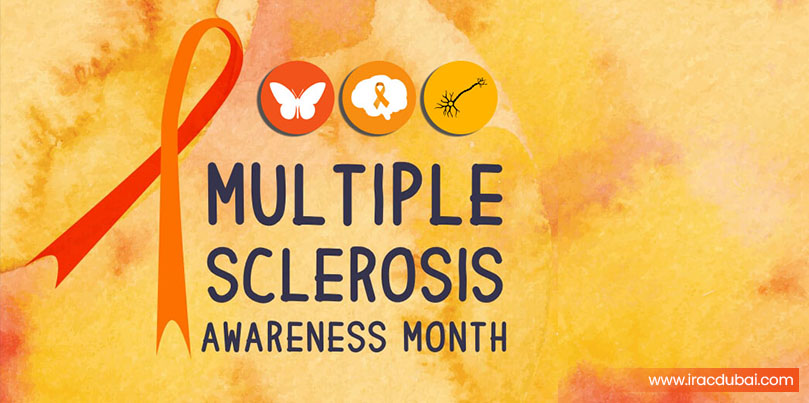Introduction
Multiple sclerosis is a disease that impacts the brain, spinal cord, and optic nerves, which make up the central nervous system and controls everything we do. The exact cause of Multiple sclerosis is unknown, but we do know that something triggers the immune system to attack the CNS. The resulting damage to myelin, the protective layer insulating wire-like nerve fibers, disrupts signals to and from the brain.
Types of MS:
It can be divided into 4 types, or disease courses, as defined by the International Advisory Committee on Clinical Trials of MS in 1996. They are:
- Clinically isolated syndrome
- Relapsing-remitting Multiple Sclerosis
- Secondary progressive Multiple Sclerosis
- Primary progressive Multiple Sclerosis
Symptoms of Multiple Sclerosis are highly variable, but commonly include:
- Fatigue
- Difficulty walking
- Mood and Cognitive changes
- Vision problems as Blurred vision
- Muscle stiffness and Spasms
- Sensory loss
- Balance and Coordination problems
Unlike most other neurological disorders, including spinal cord injury, traumatic brain injury, and stroke, there is no “fixed deficit” in Multiple Sclerosis; symptom profile, disease activity and MRI burden are all variable.
Epidemiology of Multiple Sclerosis:
- Age: Most people are diagnosed between the ages of 20 and 50, although MS can occur in young children and older adults.
- Gender: The recent prevalence study shows Multiple Sclerosis is 3 times more common in women than in men. This suggests that hormones may also play a significant role in determining susceptibility to Multiple Sclerosis.
- Genetic risk: Multiple Sclerosis is not an inherited disease, meaning it is not a disease that is passed down from generation to generation. About 200 genes have been identified that each contribute a small amount to the overall risk of developing Multiple Sclerosis
- Other risk factors: Evidence shows that low vitamin D levels, smoking and obesity all play important roles in the development of Multiple Sclerosis.
Role of Physiotherapist:
Physical therapists play an integral role in the management of Multiple Sclerosis throughout the disease course – at diagnosis, during and after relapses, during periods of progression as well as periods of stability, and when the disease becomes more advanced.
The three major stages are:
1. At the Time of Diagnosis-
- Education- Explaining the role of PT in helping people stay active, mobile, safe, and comfortable and offering educational resources for family members.
- Thorough physical therapy examination and evaluation to establish baselines
- Exercise and physical activity program.
2. During Periods of Stability:
- Physical therapists should monitor the mobility of people with MS even during periods of no clinical or radiographical disease changes/progression.
3. During and After a Relapse:
- The primary goal for physical therapy during and after a relapse is to regain the previous level of function.
- Safe mobility, optimal functioning, use of adaptive devices and personalized exercise plans geared to the person’s changing needs are key treatment goals.
Common symptoms managed by Physical Therapists include, but are not limited to:
Gait, balance, spasticity and flexibility, weakness, coordination/ataxia, aerobic endurance, respiratory function, and fatigue.
If you are experiencing any of the above symptoms and need help for further treatment, we have specialized Physiotherapist
To make an appointment with Kinnari More, Neuromuscular & Paediatric Physiotherapist please contact us or call us on +971 56 875 9661 or email kinnari@iracdubai.com, IRAC Physiotherapy Center Dubai, 102, 1st floor, Building 47, Dubai Healthcae City, Duba, UAE




